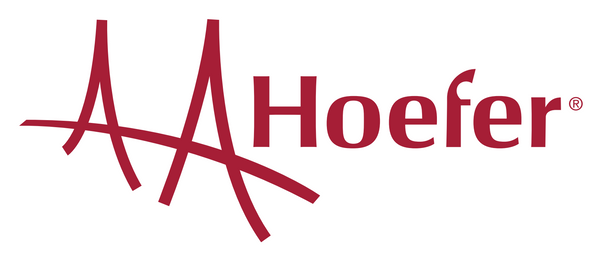Why Wet Tank Transfer is a Game-Changer for Blotting – Tackling Common Issues
Wet tank transfer remains a cornerstone of Western blotting, known for its ability to deliver consistent, high-quality protein transfers—especially for large or complex proteins. Its submerged buffer system maintains a stable electric field, ensuring uniform transfers and reproducibility across replicates—critical for publication-grade results.
Hoefer’s TE22 Mini Tank Transfer Unit exemplifies this precision. It features efficient cooling, multiple cassette compatibility, and dependable performance, making it ideal for labs that demand accuracy and reproducibility. While semi-dry systems offer speed advantages, wet tank transfers remain the method of choice for consistent, high-resolution results.
Why Choose Wet Tank Transfer?
Wet tank systems are the gold standard for laboratories working with a broad range of protein sizes. Their large buffer volume prevents ion depletion, ensuring even current distribution throughout long runs (often 12–16 hours). This makes them particularly useful when working with high-molecular-weight proteins or faint targets that require extended transfer times.
By maintaining stable pH and temperature, wet tank systems help eliminate artifacts like distorted bands or weak signals, leading to reproducible, publication-ready blots.
Common Problem 1: Incomplete or Uneven Protein Transfer
Symptoms: Faint or uneven bands, particularly for large proteins (>100 kDa).
Possible Causes: Short transfer time or low voltage; air bubbles trapped between gel and membrane; buffer depletion or poor conductivity.
Solutions:
- Optimize Parameters: Use 30 V overnight (12–16 h) for large proteins, or 100 V for 1–2 h for smaller targets.
- Eliminate Bubbles: Assemble the transfer sandwich underwater and roll a pipette gently across the surface to remove trapped air.
- Maintain Buffer Quality: Use fresh Towbin buffer (25 mM Tris, 192 mM glycine, 20 % methanol) and recirculate with a pump for pH stability.
- Temperature Control: Keep buffer below 15 °C to prevent overheating. The TE22’s integrated cooling coil is designed for this purpose.
Pro Tip: Include molecular weight markers to visually monitor transfer progress and detect incomplete runs.

Common Problem 2: High Background or Non-Specific Binding
Symptoms: Smudgy or hazy membranes that obscure specific signals.
Possible Causes: Inadequate blocking time, SDS carryover from gels, excessive antibody concentration.
Solutions:
- Optimize Blocking: Incubate membranes with 5 % non-fat milk or BSA in TBST for 1–2 h at room temperature.
- Reduce SDS Carryover: Use 0.01 % SDS in running buffer only and equilibrate gels 15–30 min before transfer.
- Titrate Antibodies: Start with 1:1000 dilutions for primaries and wash three times with TBST (10 min each).
Real Lab Example: A proteomics team improved reproducibility by standardizing buffer lots and using identical gel thicknesses, reducing variation between replicate transfers.

Common Problem 3: Membrane Damage or Gel Sticking
Symptoms: Torn membranes or gel residue on cassettes.
Possible Causes: Excess cassette pressure during assembly, static buildup from buffer evaporation, membrane-buffer mismatch (e.g., PVDF curling).
Solutions:
- Assemble Gently: Avoid over-tightening cassettes and assemble underwater when possible.
- Control Static: Add 0.05 % SDS to the cathode buffer and use lid insulation to retain humidity.
- Prepare Membranes Properly: Activate PVDF membranes with methanol for 30 s and use supported nitrocellulose when durability is required.
Real Lab Example: A research team eliminated “smiling” bands and overheating by maintaining consistent buffer temperature using the TE22 cooling system.
Why Wet Tank is a Lab Staple
For labs aiming for reproducibility, sensitivity, and clarity, wet tank systems like Hoefer’s TE22 remain unmatched. Their cooling and recirculation options maintain ideal transfer conditions across long runs, ensuring sharp bands and consistent data.
For advanced troubleshooting, consult Hoefer’s technical protocols or product manuals tailored to your specific application.

